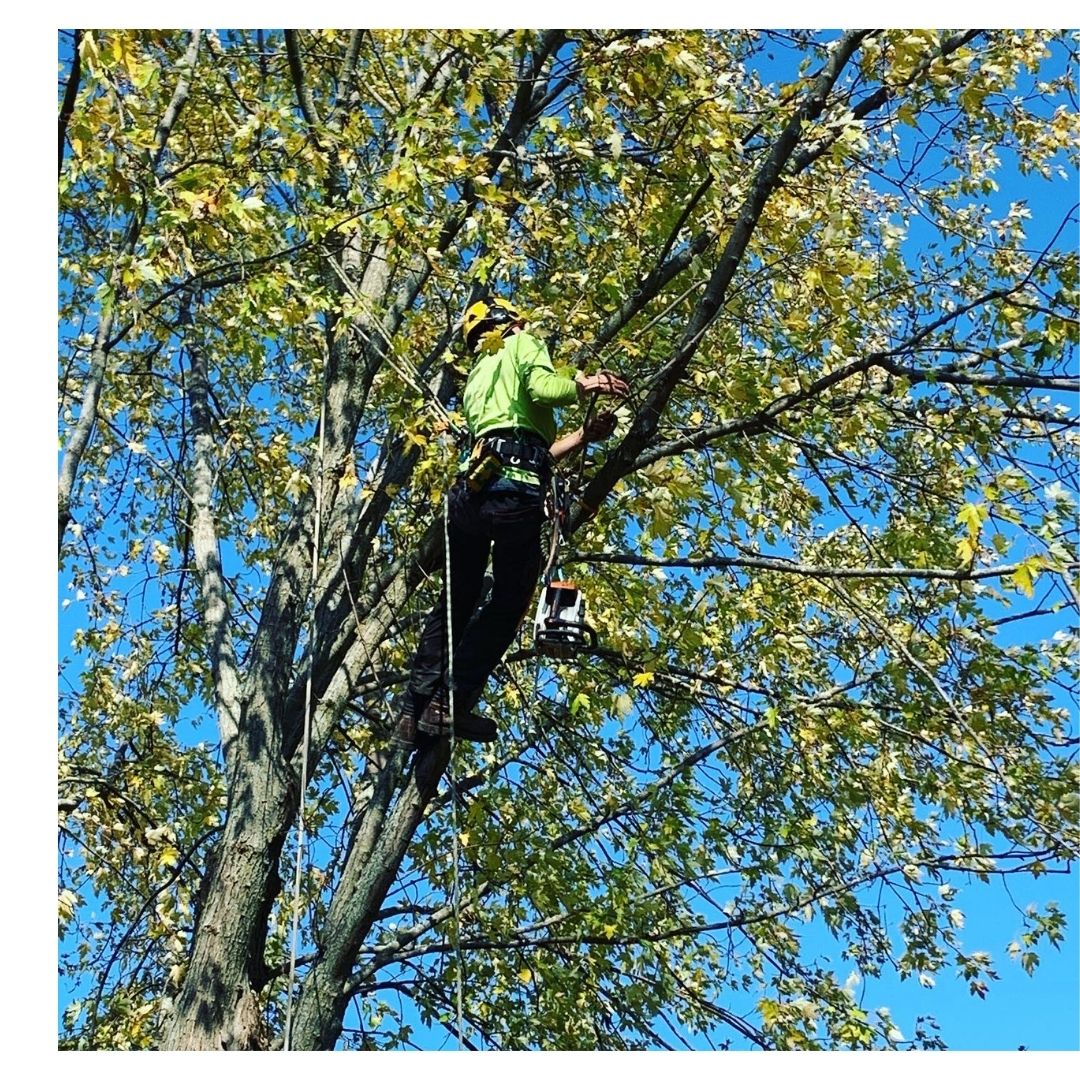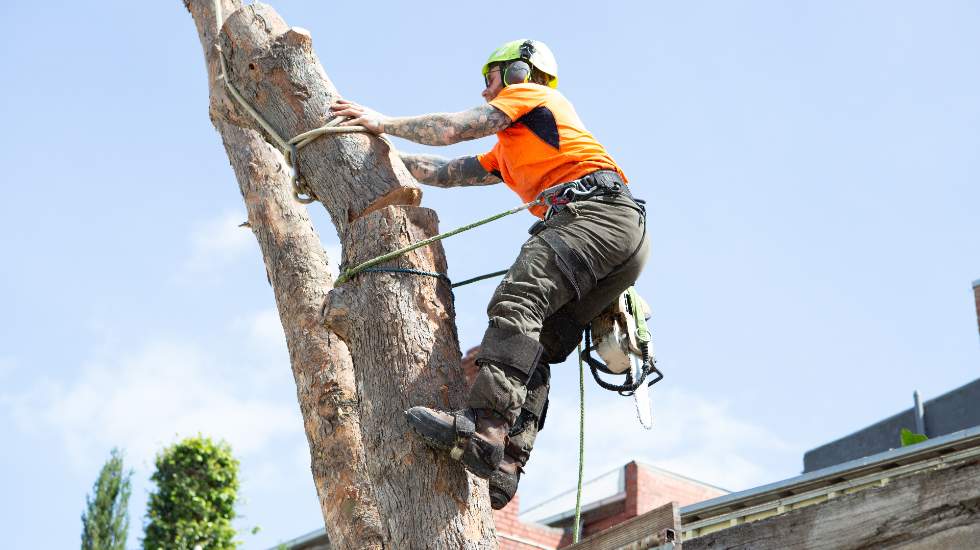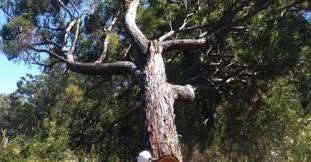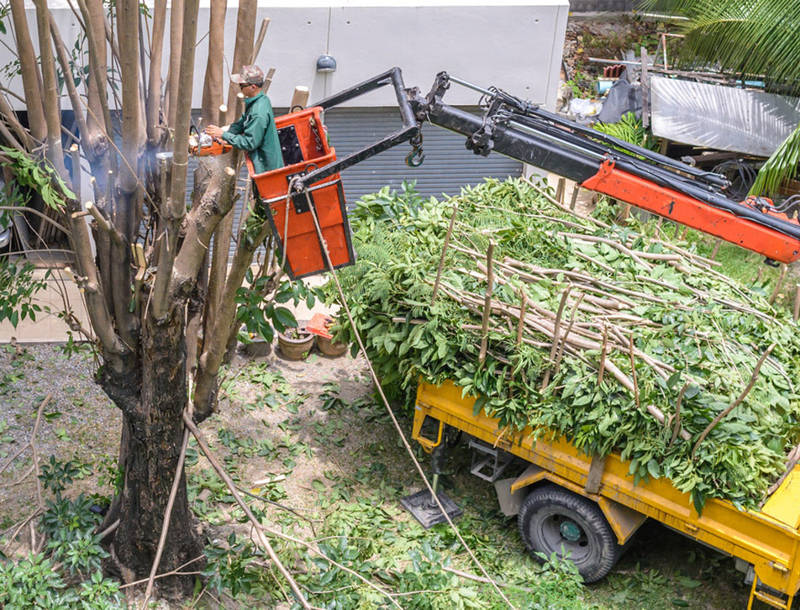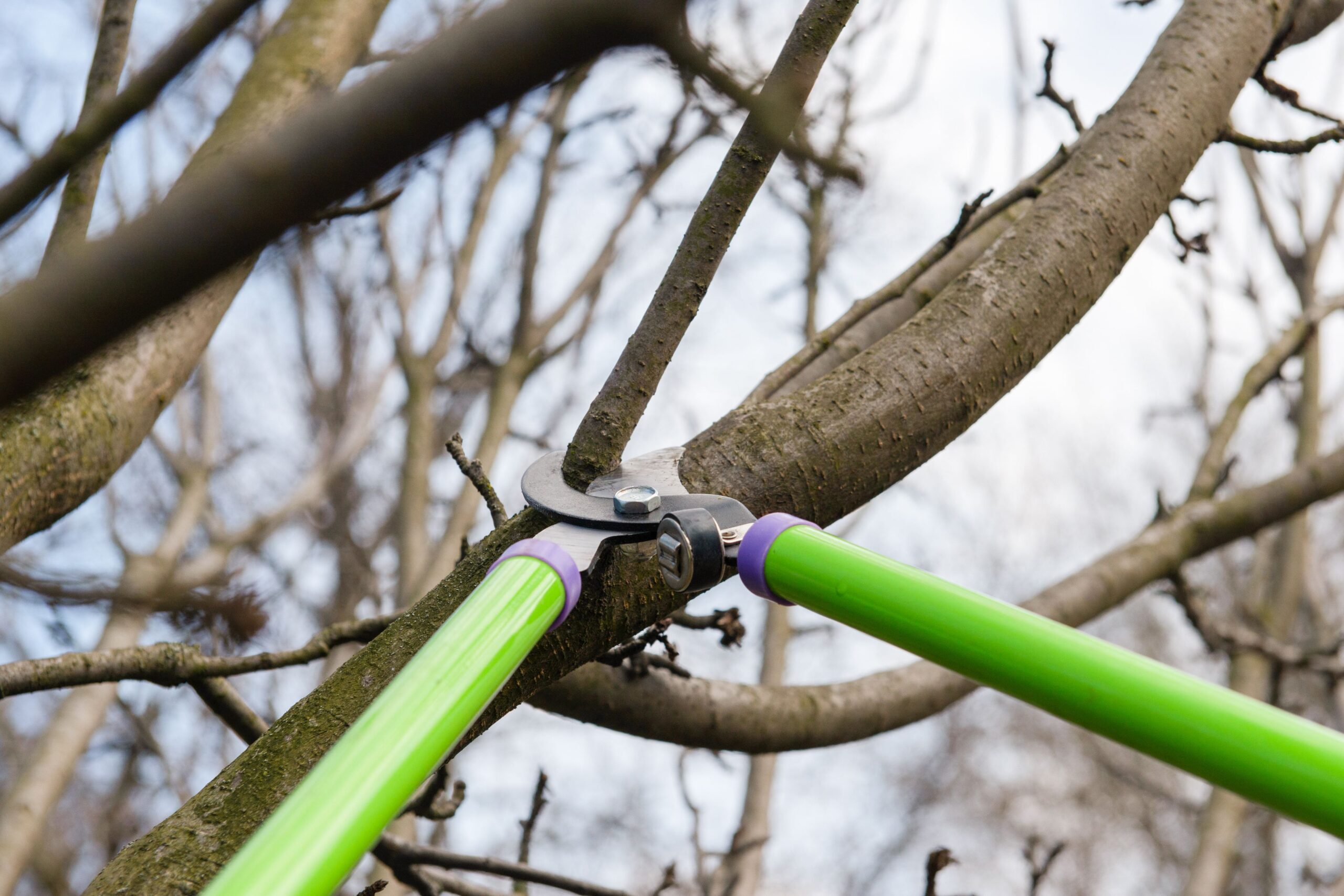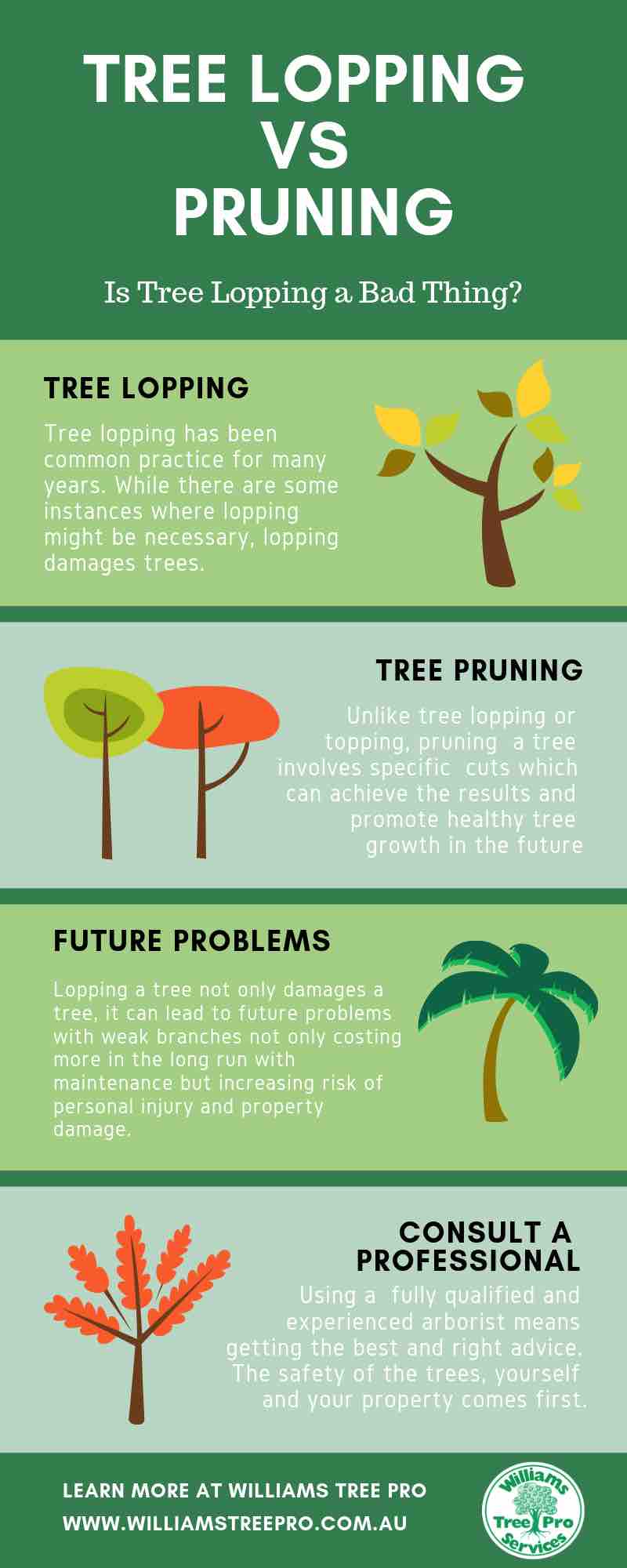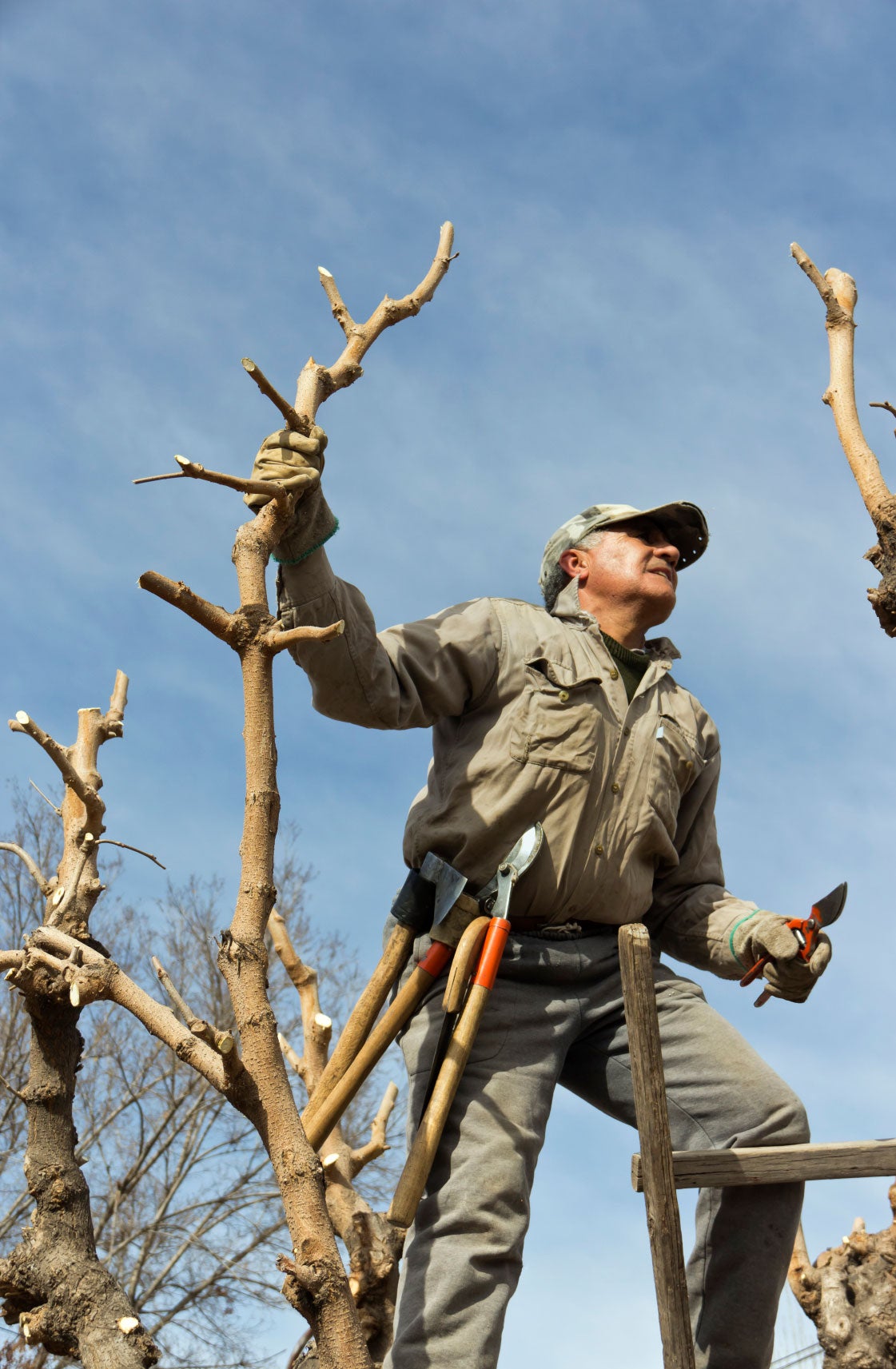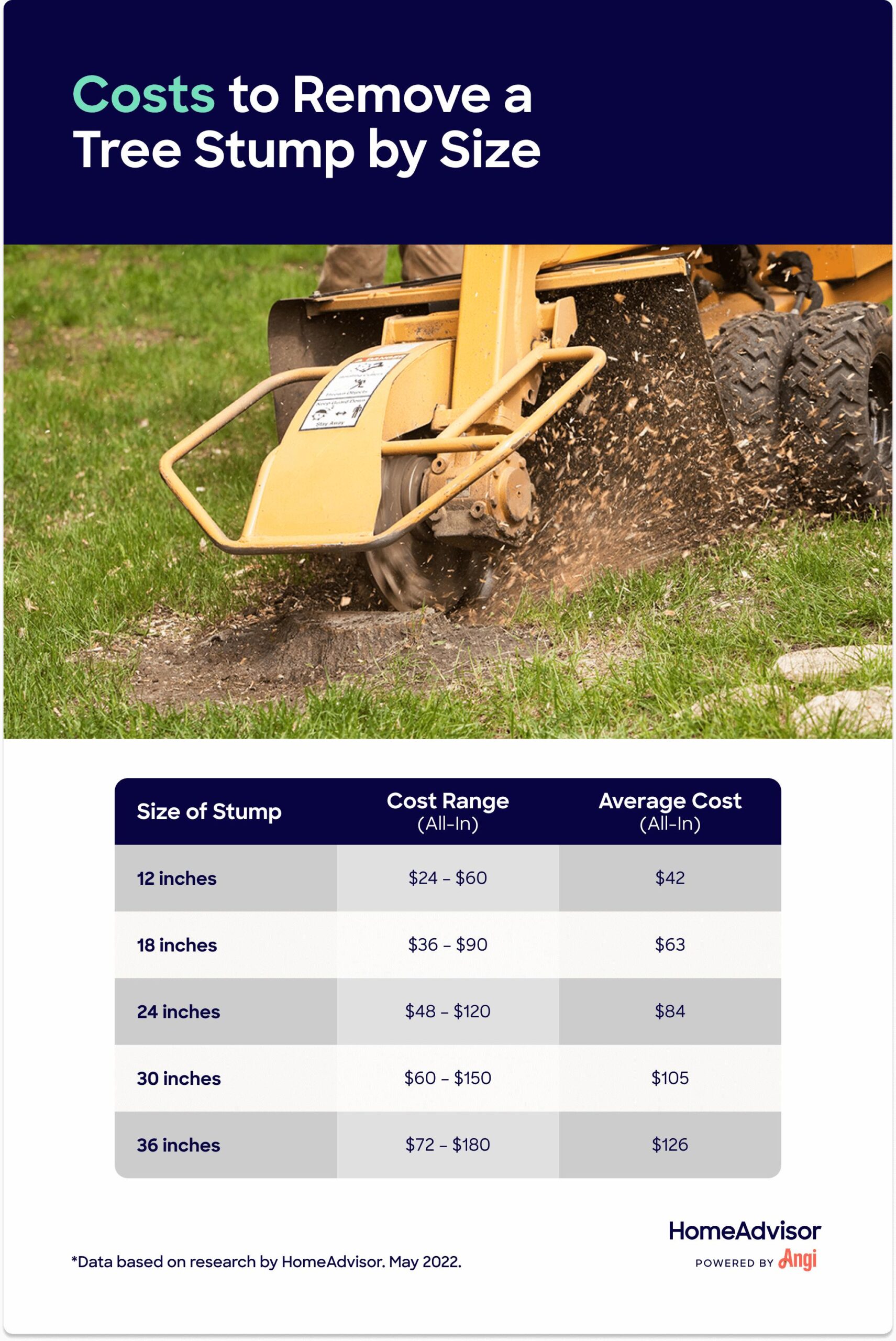[ad_1]
When it comes to pruning your trees, you can’t really go wrong with using the services of the best tree pruning professionals. They’re able to perform the kind of pruning that you need at the right time, which is crucial to keeping your trees healthy and strong. Plus, they can make sure that they’re able to keep your home safe and protected from any type of damage that might come from a tree fall.
Performing the right kind of pruning at the right time
The purpose of pruning a tree is to improve the overall health of the plant. This includes removal of dead, diseased and damaged branches and limbs, as well as pruning branches and other parts of the plant to maintain its shape and appearance.
Proper pruning is a scientific approach to pruning that is based on the scientific principles of plant physiology. The right kind of pruning can increase a tree’s flower production, fruit production and other attributes.
The best time to prune a tree is during the dormancy of late winter through early spring. This is also the ideal time to remove dead and diseased wood.
During dormancy, diseases are less active and insects are fewer. However, this is not the only time when plants are dormant.
The right time to prune is determined by the type of plant, the growth pattern and the time of year. Aside from the obvious, some other factors to consider include the weather, the climate and the overall health of the plant.
Protecting your home from damage
The first and best way to protect your home is to prevent tree damage from happening in the first place. By pruning the right trees you can minimize or even eliminate your risk of falling branches and other tree related disasters. Similarly, hiring an expert tree service is a smart move. A professional can assess your trees, determine the most effective approach and ensure your trees survive.
Aside from providing shade and a bit of curb appeal, they can also provide a useful function. One is that they can add some much needed privacy. Similarly, they can reduce the overall temperature in the area and even improve your property value.
If you have a large tree near your house, the biggest risk is having a fallen branch strike your roof. If a wind storm hits, you could end up with a massive bill for the repair. Aside from that, damaged trees can cause major damage to your home’s structure.
Preventing insect pests
Insect pests are a major factor in reducing the health of a tree. Some insects can cause stunting, dieback and even death of a tree. The best way to protect your tree is to keep an eye out for signs of infestation.
When your tree has a large infestation, you can expect to see yellowing of the leaves, wilting, and disruption of the new growth. The root system may also be affected. Some insects are resistant to chemical treatments, but there are still some types that can be difficult to control.
Long-horned beetles are particularly damaging to stressed trees. They feed on older needles and weaken the tree. You can reduce their population by cutting down dead limbs. If you live in an area where long-horned beetles are a problem, you can also hire a tree care company to help.
The larvae of this tree insect are cream-colored, legless and create deep feeding tunnels under the bark. Their feeding can cause branch dieback and yellowing of the foliage.
[ad_2]
